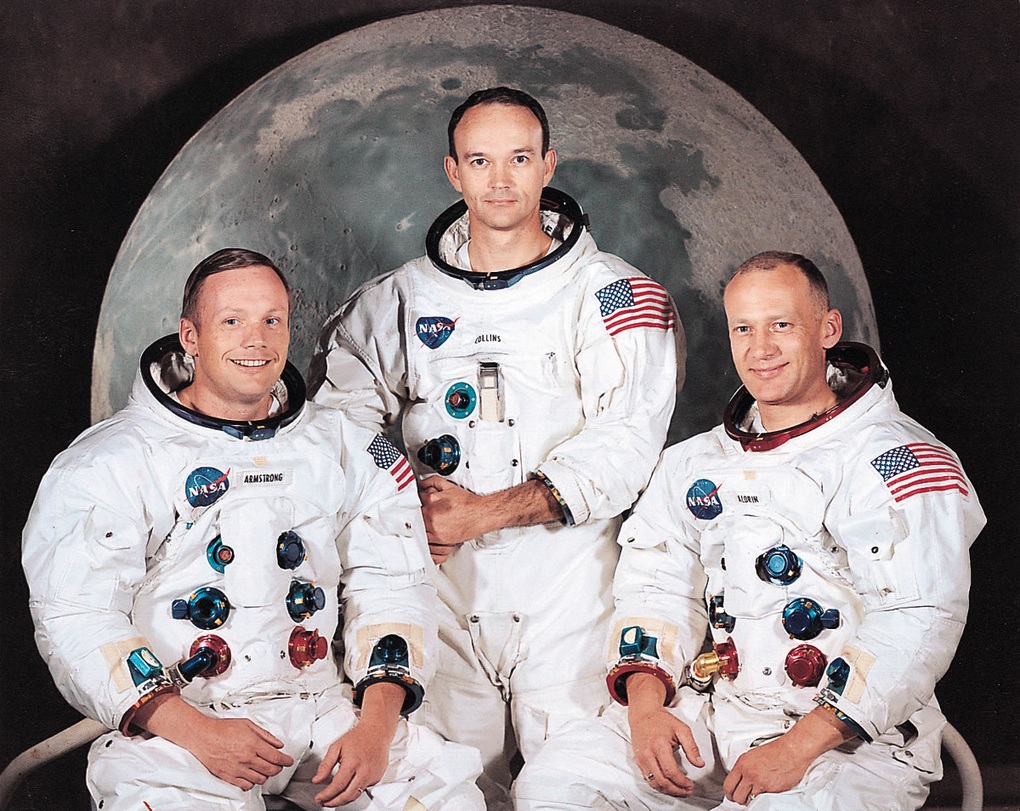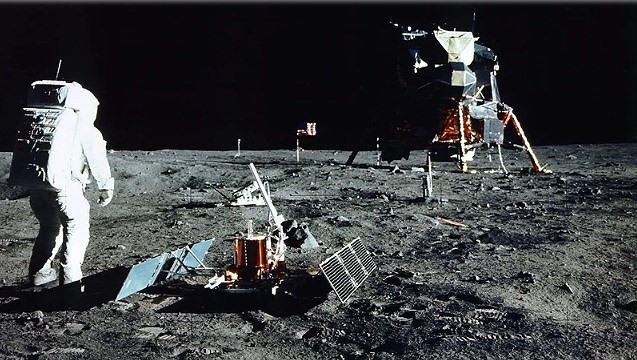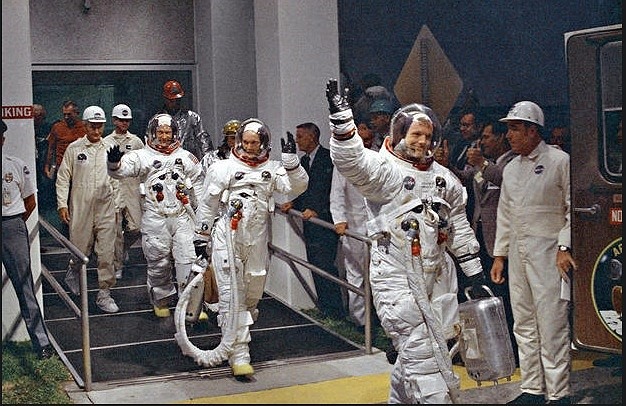The historic moon landing, an unparalleled feat in human space exploration, has faced persistent skepticism and conspiracy theories alleging it to be a hoax. This article undertakes an in-depth analysis, dissecting both the arguments against the authenticity of the moon landing and the substantial evidence supporting its legitimacy.

Arguments Against the Moon Landing:
Critics point to alleged anomalies in moon landing photos, emphasizing peculiar lighting, shadow inconsistencies, and questionable details to suggest potential manipulation.
Skeptics argue that the technological limitations of the 1960s and 1970s were inadequate for executing a successful moon landing and transmitting high-quality images back to Earth.
Reports of enigmatic radio signals during Apollo mission communications have fueled suspicions, with some proponents of the hoax theory positing these signals as indicators of deceptive practices.

Arguments Supporting the Moon Landing:
Astronauts from the Apollo missions brought back over 380 kilograms of lunar soil and rocks, providing scientists with invaluable samples that have been extensively analyzed, offering profound insights into the moon’s origin and composition.
Numerous countries and allied organizations independently monitored and verified the moon landing events through tracking stations and radar, dismissing the possibility of a single nation orchestrating a grand-scale hoax.
